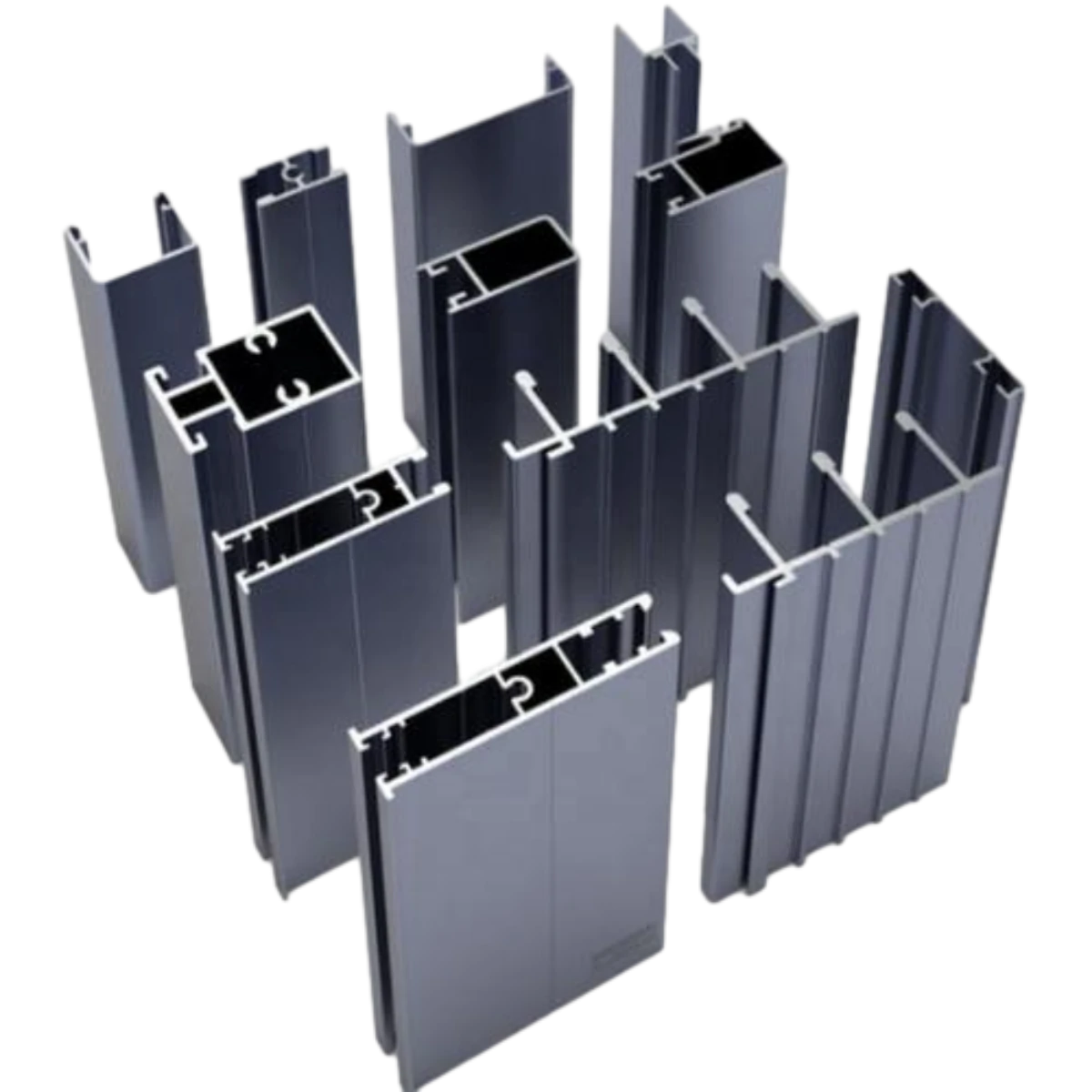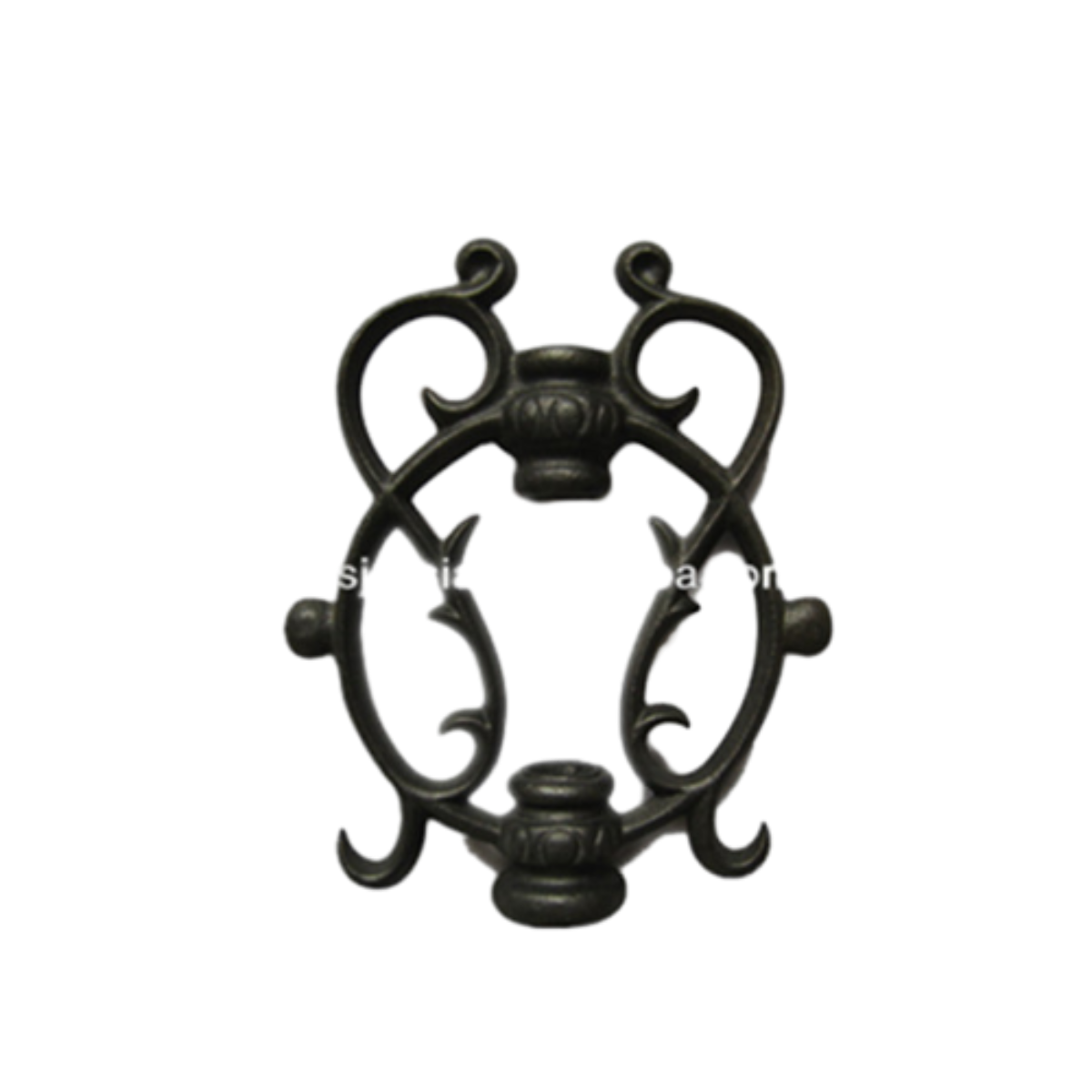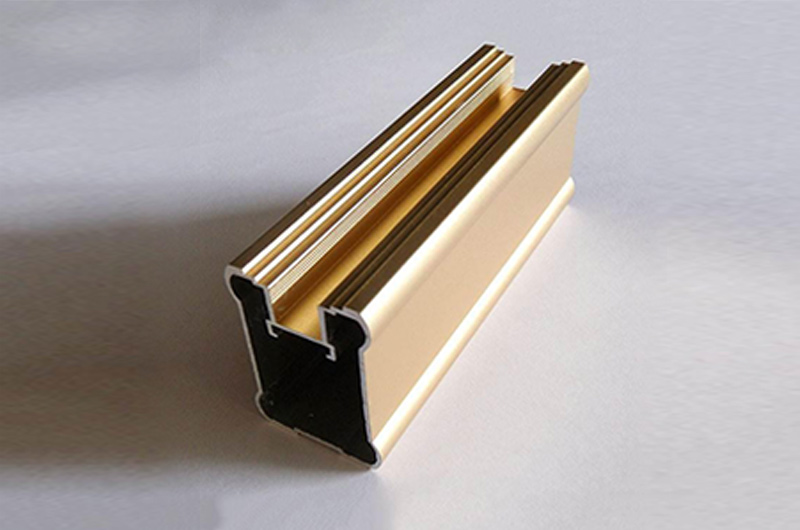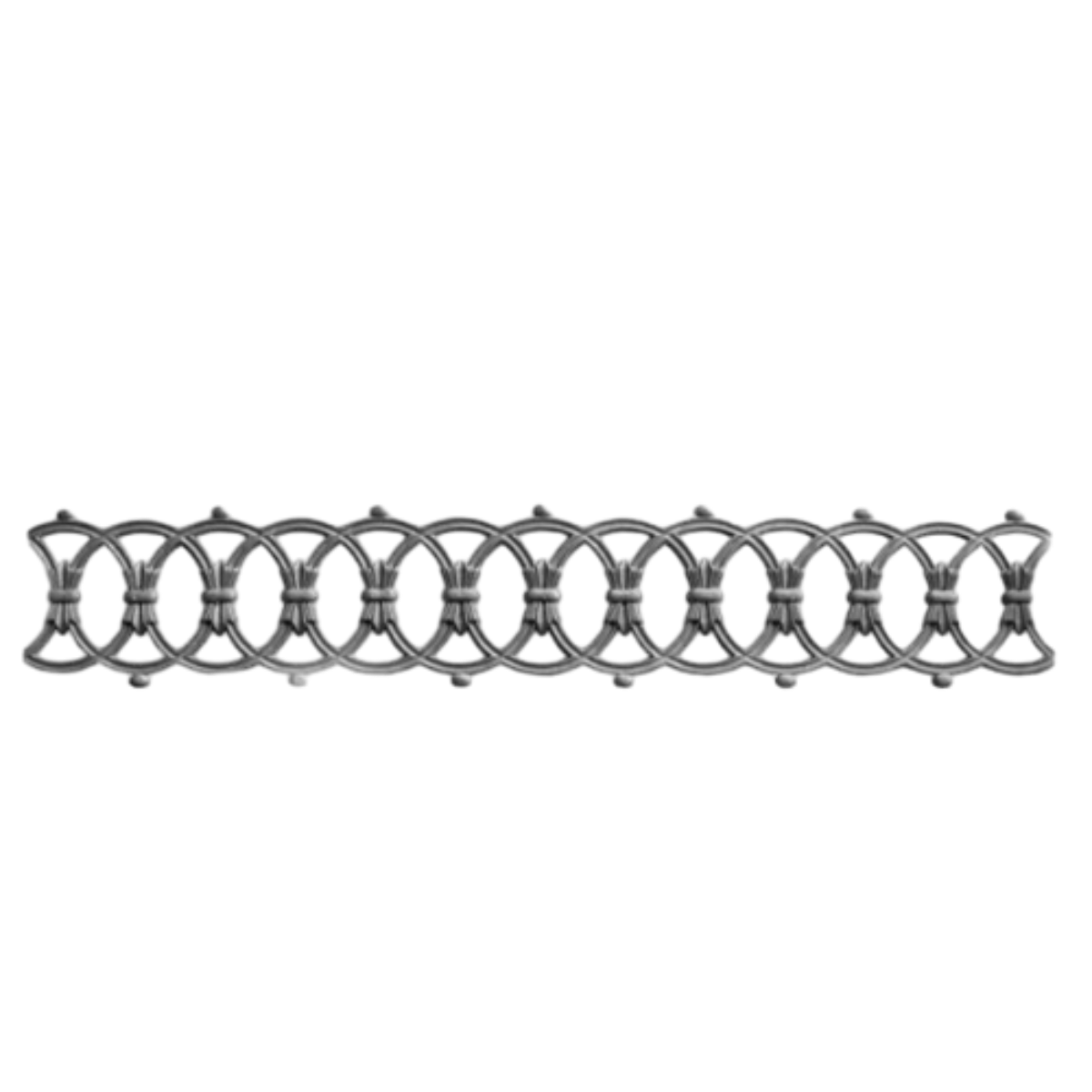...
2025-08-14 10:19
1330
...
2025-08-14 10:19
2301
...
2025-08-14 09:53
1810
...
2025-08-14 09:45
2571
...
2025-08-14 09:25
219
...
2025-08-14 09:24
851
...
2025-08-14 09:05
372
...
2025-08-14 08:42
2421
...
2025-08-14 08:19
1132






